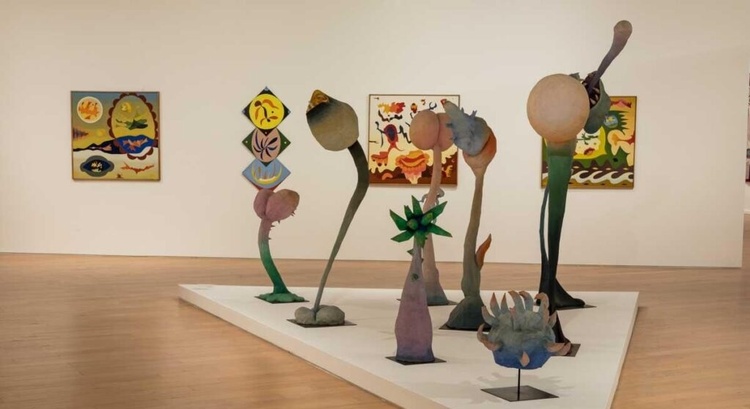
Green manifesto: art as a bridge between nature, civilization and the climate crisis
December 13, 2023
At the Museum of Modern Art of the City of Buenos Aires, the exhibition "Green Manifesto" establishes a dialogue between the work of Nicolás García Uriburu and contemporary artists. A journey anchored in nature, and its beauty, with a critical look at the impact of human action on the environment, which invites us to re-educate our perception of the world.
“I denounce with my art the antagonism between nature and civilization. That's why I color my body, my sex and the waters of the world. The most evolved countries are in the process of destroying water, land and air, reserves of the future in Latin American countries.”
(Nicolás García Uribiru, 1971)
By Agustín Serruya and Ivana Carino
Some vestige of Heraclitus' aphorism appears after seeing the exhibition "Green Manifesto" (Museum of Modern Art of the City of Buenos Aires), especially if we consider that premise that maintains that going through any type of artistic piece is an experience that modifies the condition of being and being in the world. In this case, questioning the links that we establish with the set of materials that make up the cosmos - nature - is presented as an imminent action, as well as understanding that between one instance and another there is no rupture, but rather we are part of what same.
In these times where the extreme polarization of ideas, doubt or denial, in the most exaggerated of formats, gain ground over questioning and a critical gaze; The museum stages works that, proactively, have evoked themes linked, for example, to climate issues, even long before the debate on climate change is discussed in the public sphere. Works that denounce extractivism and deforestation in advance, before everything becomes a sea of soybeans or that pre-exist the former president of Brazil Jair Bolsonaro and his plan to destroy the Amazon.

In this framework, we can say that in the history of Latin American art, the denunciation of the unbridled exploitation of nature finds its starting point in the work of Nicolás García Uriburu (1937-2006). The action of dyeing the waters of the Grand Canal fluorescent green, during the celebration of the 34th Venice Biennale, in June 1968, emerged not only as an incipient act of protest that revealed the emergence of the ecological crisis worldwide, but also constituted an event of creative resonance in contemporary artistic practice. From here, we seek to challenge the condition of hierarchy and imposition that human beings exert on nature.
"Green Manifesto", imagination to power
García Uriburu, his story, his works and actions marked a before and after when it came to creating ecological awareness. “Green Manifesto” is an exhibition about that, an invitation to reflect on the intervention that man exerts on landscapes; a criticism of the excessive production proposed by capitalism, of the desolation that remains after the explosive “development”, as well as an attempt to value the natural riches of our continent.
Through the story constructed by Alejandra Aguado —who was in charge of the curatorship— and Rodrigo Barcos —curatorial assistant—, the exhibition, which is located in Rooms A and B of the Museo Moderno (Av. San Juan 350) until the 31st December, proposes finding ways of conciliation between humanity and nature through an imaginary dialogue that emerges from the work of García Uriburu and the works of contemporary artists such as Luis Fernando Benedit, Florencia Böhtlingk, Melé Bruniard, Juana Butler, Feliciano Centurión, Nora Correas, Casimiro Domingo, Raquel Forner, Ricardo Garabito, Edgardo Giménez, Juan Grela, Aid Herrera, Lido Iacopetti, Marcelo Pombo and Juan Tessi, among others. The exhibition, in total, includes 80 works that were created between the 1940s and the present.
Read More...
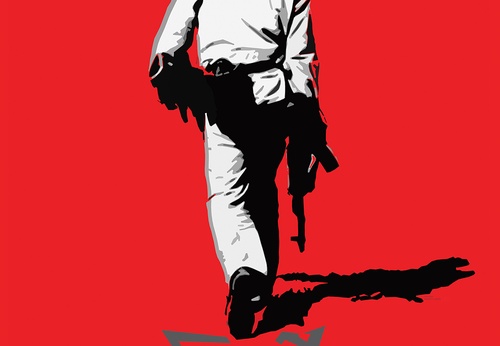
- July 02, 2025
Israel Will Surely Be Destroyed

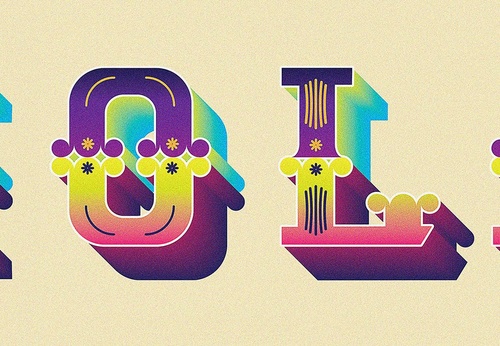
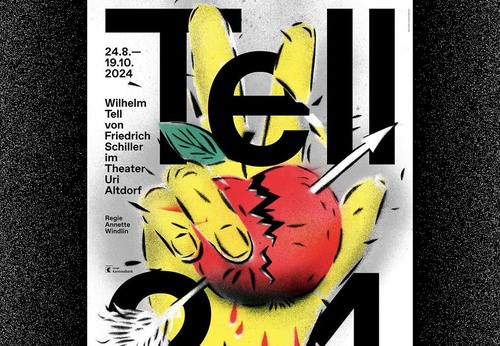
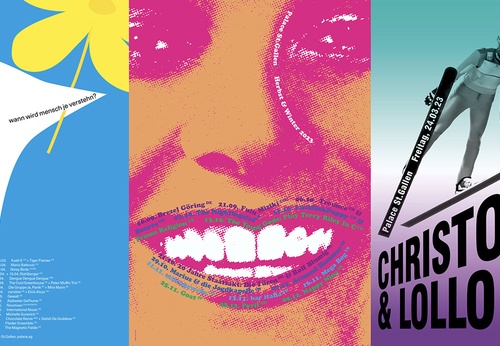
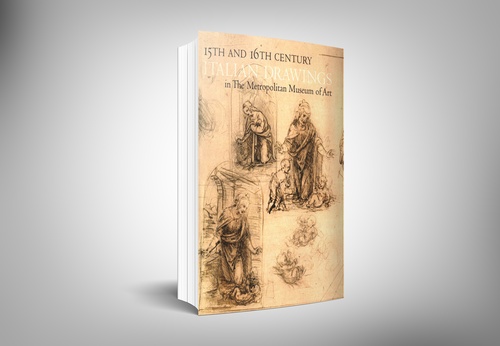
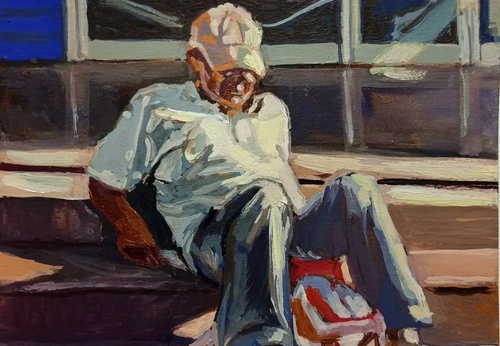
- July 01, 2025
Gallery Of Sculpture By Leandro Mompié - Cuba
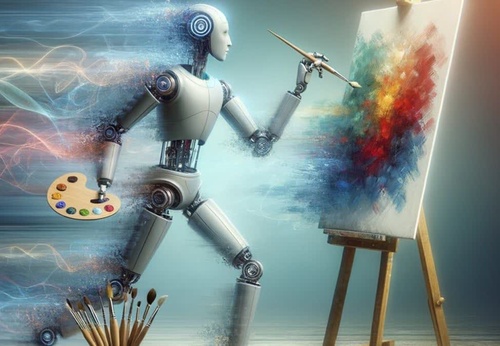
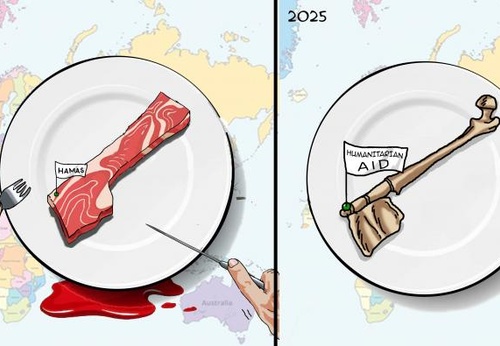
- July 01, 2025
The ruins of Gaza

- June 29, 2025
Peruvian painter Gerardo Chávez dies at…

- June 29, 2025
ARCOmadrid 2026 Opens Call for Entries …

- June 29, 2025
José María Velasco: The Landscape Artis…

- June 26, 2025
It houses 40 legacies of Latin American…

- June 18, 2025
Winners of the “Holosaide” event announ…

- June 18, 2025
The Major Exhibition of the Malba Colle…

- June 16, 2025
Pedro Roth Exhibition at the National A…

- June 15, 2025
Malba Pays Tribute to Luis Felipe Noé w…

- June 15, 2025
Contemporary Italian Painting on Displa…

- June 13, 2025
Impacto da Arte Digital na Sociedade

- June 13, 2025
The Geometric Essence of Fanny Sanín on…

- June 12, 2025
Guillermo García-Cruz's 'Divergent Stru…

- June 12, 2025
Book Brasília, the art of democracy wil…

- June 11, 2025
In 2025, SP-Arte Rotas will include nar…

- June 11, 2025
The Barranquilla Museum of Modern Art

- June 10, 2025
Discovery of William Turner's Work

- June 10, 2025
One of the largest art events in Latin …

- June 10, 2025
Centre Pompidou debuts in South America…

- June 09, 2025
MON opens its doors to a sensory worksh…

- June 09, 2025
Regional talent conquers spaces with co…

- October 08, 2023
Illustrations reflect the brutal Israel…

- December 25, 2023
The jury statement of the Iran-Brazil F…

- July 29, 2023
History of Caricature in Brazil

- September 01, 2023
Neural Filters in new photoshop 2023

- April 20, 2024
Poignant Image of Grief Wins Mohammed S…

- May 22, 2025
Brady Izquierdo’s Personal Exhibition O…

- March 21, 2024
The history of art in Palestine

- October 21, 2023
Erick Meyenberg and Tania Ragasol at th…

- March 14, 2024
museum of statue of van gogh

- August 09, 2023
Venezuela mural expresses solidarity wi…

- March 15, 2024
museum of sculpture of Salvador Dali

- March 30, 2024
illustration websites in Latin America

- May 20, 2024
Latin American Festival of Performing A…

- May 25, 2025
Bordalo II to hold exhibition in Paris …

- July 30, 2024
The artist from San Luis Mirta Celi rep…

- March 18, 2025
Works by Cuban Artist Eduardo Abela in …

- July 03, 2024
Newly discovered rock art in Venezuela

- April 18, 2024
Israel Pavilion at Venice Biennale clos…

- January 04, 2025
Material Art Fair 2025

- January 12, 2025
The Ralli Museum in Punta del Este

- February 18, 2024
7 Ways to Understand What Visual Arts A…

- May 15, 2024
Eleven murals for Gaza painted across t…

- October 08, 2023
Illustrations reflect the brutal Israel…

- January 02, 2025
13 commemorations that will mark the cu…

- October 17, 2023
The influence of Latin American artists…

- December 25, 2023
The jury statement of the Iran-Brazil F…

- November 17, 2023
Fernando Botero's work is booming after…

- July 29, 2023
Piracicaba International Humor Exhibiti…

- February 03, 2024
THE HISTORY OF NAIF ART

- November 06, 2023
Heba Zagout: Palestinian artist murdere…

- February 01, 2025
A maior exposição de Botero em Barcelona

- July 02, 2024
One of the largest urban art galleries …

- December 10, 2023
Sliman Mansour and Palestinian art on t…

- July 20, 2024
First International Mail Art Biennial 2…

- September 01, 2023
Neural Filters in new photoshop 2023

- October 30, 2023
Palestinian turns images of the Gaza co…

- October 23, 2023
Controversy over the project that will …

- March 14, 2024
museum of statue of van gogh

- February 06, 2024
Bolivian artists will be at the 2024 Ve…

- February 08, 2024


